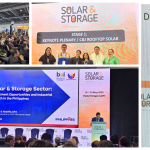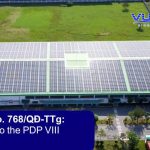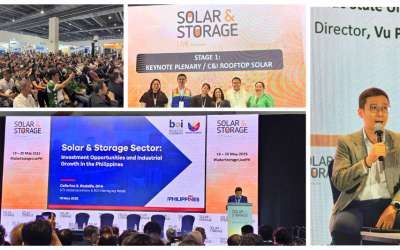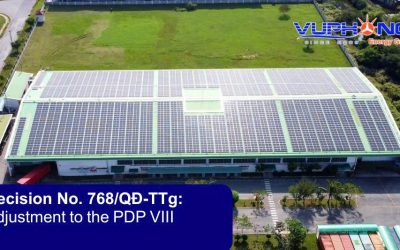
Update 2022: For many investors, Tesla’s vision for the future of manufacturing hardware and software has been a key driver of the company’s enduring allure.
- Too small for solar, Rikers Island could become NYC’s renewable energy storage site
- Increase about 5% Annual Energy Production (AEP) by effective Asset Management
Tesla’s Vision for a Sustainable Future: EV, Solar, and Battery Storage
Furthermore alluring is the strategy to combine energy production and storage, or to “build gorgeous solar roofs with smoothly integrated battery storage,” as stated in Master Plan, Part Deux. Solar is a crucial component of Tesla’s EV + solar + battery storage vision for a sustainable future, even if the Tesla acquisition of SolarCity and how it was integrated into Tesla have generated controversy.
The media, plant employees, and Tesla supporters were all abuzz when Tesla CEO Elon Musk revealed on April 6 that he will be in Buffalo to check out the RiverBend facility, a 96-acre location at a tight bend on the Buffalo River. No, Musk hasn’t spent much time there (maybe never), but he has personally oversaw the design and testing of the solar tiles that make up Tesla’s next-generation solar rooftop product there.

People are warming up to Tesla’s concept of an independent, green energy future, and Musk predicts that this year will be by far the most significant year yet for the company’s energy division.
The Energy Triumvirate: Transportation, Home Solar, & Battery Storage
What happens if a family decides to invest tens of thousands of dollars on a solar energy system that includes a few dozen solar panels, an all-electric vehicle, and a smart battery installed in the basement?
On bright days, solar panels may fully power the home and also recharge the car’s rechargeable battery. The fixed battery may be supplied with what it requires by the rooftop-generated electricity once these regions have been refilled, increasing the home’s capacity for energy consumption throughout the night and on overcast days. The unit’s computerised control system automatically feeds any extra energy into the power grid if all of those demands are satisfied, which often results in the family receiving some reimbursement from the neighbourhood grid operator.
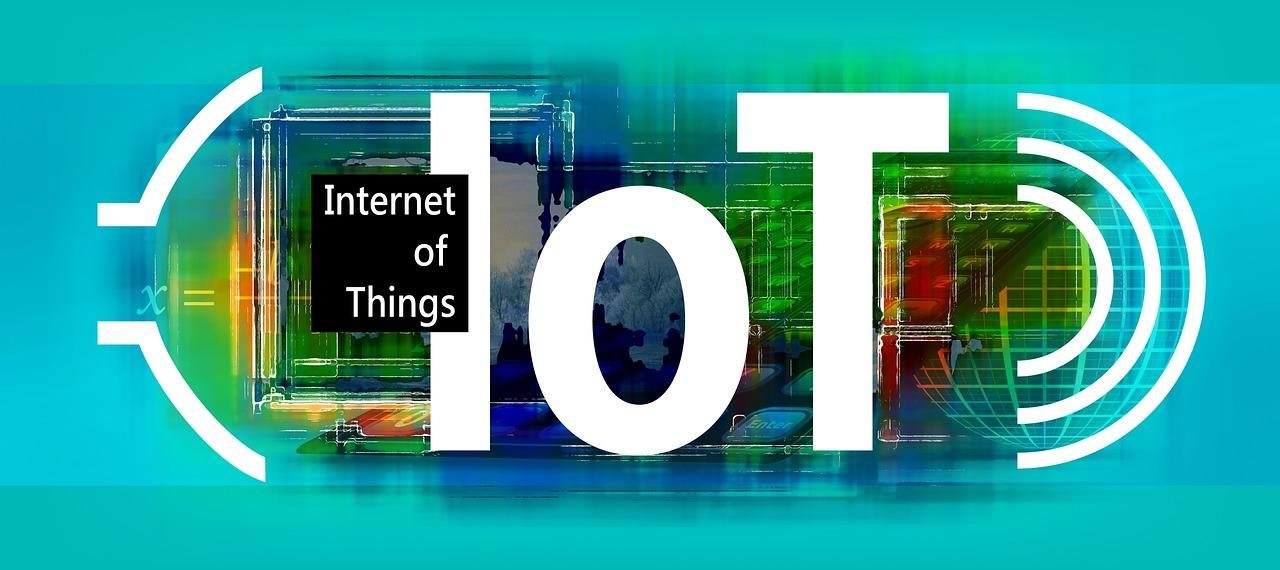
What further advantages does the three-way renewable energy system offer? It provides protection against escalating energy prices. The system’s linked software can allow the family to evaluate how the system is creating, consuming, and storing power because it is a part of the “Internet of Things.” It can also keep track of how much solar energy is going to the grid.
In Germany, a battery storage system is currently included in one out of every two rooftop solar panel purchases. Although the 120,000 homes and small companies that utilise solar energy only make up a small portion of Germany’s 81 million inhabitants, battery prices have fallen so sharply that the German Development Bank has now ended the battery discounts from 2013 to 2018 that had lowered costs by 30%.
Low component prices are assisting in driving volume demand in 2019, even if US solar businesses did not have the robust year they had anticipated in 2018. Due to a surge in utility-scale project signings, the Solar Energy Industries Association (SEIA) in the US upped their predictions for solar installation from 2020 to 2023 by 3.2 GW in late 2018. Rooftop solar systems also become more affordable as utility-scale solar systems do in more locations.
The cost of a complete renewable energy home package relies on a variety of elements, including the size of the residence, the direction of the building towards the sun, and the choice of EV, solar panels, batteries, and monitoring systems. However it is likely that an owner may greatly reduce power costs by using cutting-edge technologies and abundance of sunlight.
Across the world, Tesla’s vision for energy independence is progressing
Renewable energy is already being massively stored using Tesla’s Powerwall, a retail energy storage system. The energy generation and storage segment of Tesla’s company brought in $371.5 million in Q4 2018, an increase of about 25% year over year.
Engineers and politicians are increasingly focusing on their own energy storage solutions as a result of growing worries about the environmental effects of fossil fuels and the capacity and resilience of electricity systems worldwide. Experts are coming to the same conclusion: a green future with an electric car in every garage, solar panels on every roof, and batteries in every basement is now more practical than idealistic. Around us, evidence is mounting to support how batteries and renewable energy will radically alter the power grid.
Batteries will increasingly be used to store the erratic production of wind and solar energy as they grow more affordable and potent. If there is any question, one just has to go to Florida, where the Florida Power & Light Company (FPL) has declared intentions to construct the biggest battery energy storage system ever next to an existing solar power plant. FPL will be able to replace 1,638 MW of conventional producing capacity when more storage systems spread across Florida and existing combustion turbines at other power facilities receive efficiency enhancements.
FPL’s improved understanding of solar and battery optimisation and the new technologies’ quickly falling prices serve as a guide for utilities throughout the US and the rest of the globe.
Finally, ScottishPower has outlined a $2.65 billion investment programme for 2019 that will focus on large-scale battery storage and public EV charging stations. With the sale of ScottishPower’s thermal generation division in the latter part of last year, the corporation has made its greatest investment to date.
The funds set aside for 2019 are a part of a larger investment programme that will invest three times as much between 2018 and 2022. These funds are divided as follows: 40% for additional renewable power, 42% for better networks, and 15% for cutting-edge services and goods for the company’s roughly 5 million clients.
 Image by winterseitler/pixabay
Image by winterseitler/pixabay
Siemens Corp., a manufacturer of power systems, will collaborate with three US Department of Energy R&D energy laboratories to test innovative technologies to increase the availability, variety, and resilience of the electrical supply in the coming years:
- Golden, Colorado’s National Renewable Energy Laboratory;
- in Oak Ridge, Tennessee, at the Oak Ridge National Laboratory;
- Laboratory of the Pacific Northwest in Richland, Washington.
By contributing its Software Defined Inverter (SDI) technology, Siemens is expected to capitalise on its experience commercialising cutting-edge power system technologies. Once validated, this technology could be incorporated into new developments to strengthen and modernise the country’s electric grid, including microgrids and distributed energy resources like energy storage.
Final Thoughts
Tesla’s first grid-scale battery in South Australia opened the door for a proposal to build the biggest virtual solar power plant in history, which will comprise rooftop solar systems on 50,000 residences over the course of the next four years and connect them to grid storage facilities. The impact of this effort is being felt all around the world. Governments with the political will to implement such revolutionary initiatives are the key to it all.
According to one research, the market for energy storage systems would increase from $196.7 billion in 2017 to $301.4 billion in 2025. A US-based trade association called the Energy Storage Association predicts that the worldwide energy storage business would expand dramatically, from a base of just 0.34 GW built in 2012 and 2013 to an annual installation size of over 40 GW by 2022.
Buyers of battery systems aren’t often driven primarily by economics or the desire to move away from fossil fuels. Many individuals desire freedom from electricity corporations and rising costs. Some only desire to participate in the future. Battery storage is advantageous for several reasons. These factors are becoming more and more familiar to both big and small customers.

